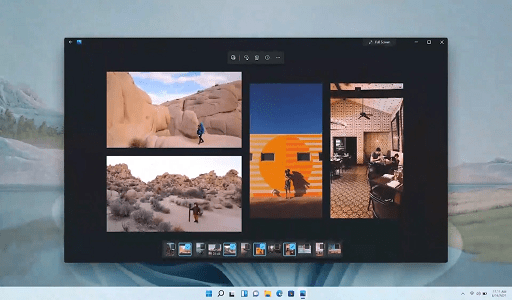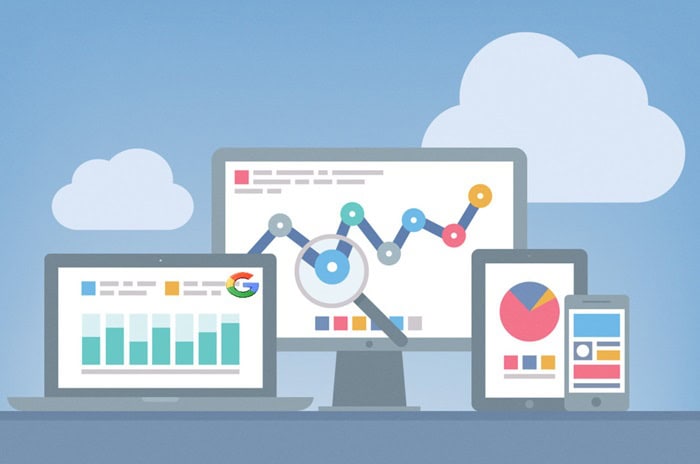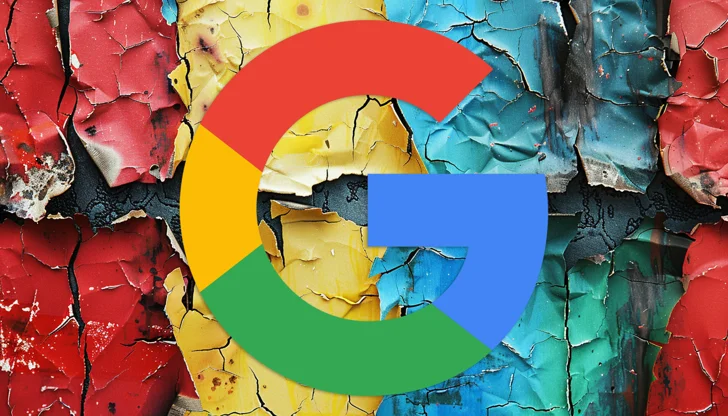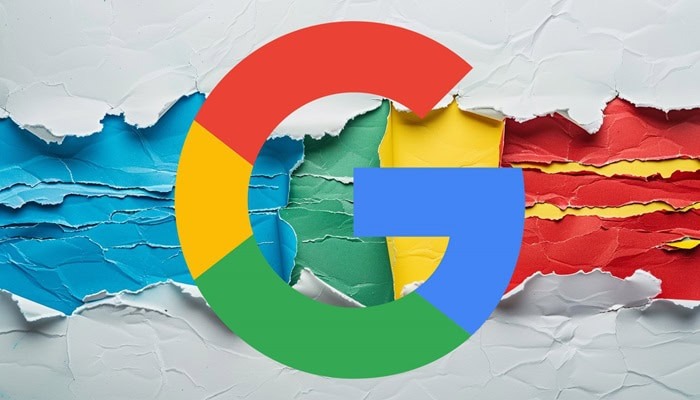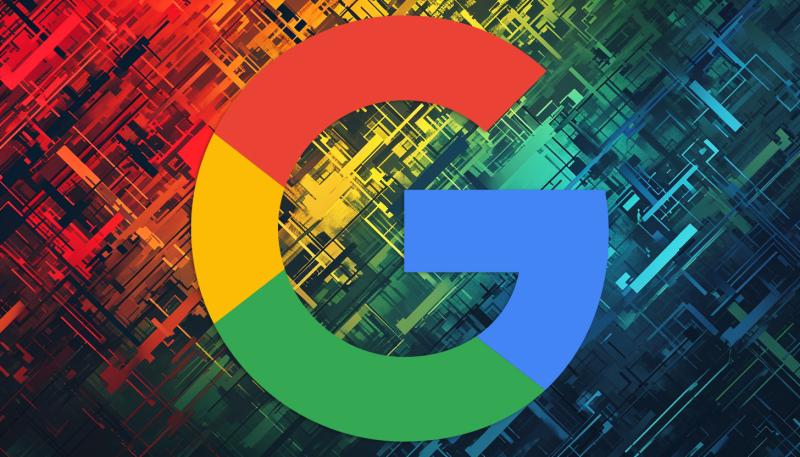Google has revealed its plan to alter its payment structure for AdSense publishers, shifting away from the pay-per-click model and transitioning to a sole per-impression payment system.
In this announcement, Google provides reassurance to publishers that the compensation they receive will largely stay consistent for the majority of them.
The implementation of these adjustments is scheduled for early 2024, as outlined by Google.
A blog post on the AdSense platform has advised publishers that they are implementing two key modifications:
- The revenue-sharing system is undergoing a revision.
- Compensation for publishers will now be based on impressions.
AdSense has historically allocated 68% of ad revenue to publishers. The revised payment structure is expected to maintain a similar 68% share for publishers, as per AdSense.
The announcement elaborated on the motivations behind this modification:
“Previously, the Google AdSense network processed fees within a single transaction.
We are now splitting the AdSense revenue share into separate rates for the buy-side and sell-side.
For displaying ads with AdSense for content, publishers will receive 80% of the revenue after the advertiser platform takes its fee, whether that be Google’s buy-side or third-party platforms.
For example, when Google Ads purchases display ads on AdSense, Google Ads will retain on average 15% of advertiser spend.”
In the example mentioned above, Google retains approximately 15% of the payment made by the advertiser.
When an advertiser spends one dollar, Google Ads retains around 15 cents, while the remaining 85 cents is allocated to AdSense.
Out of the remaining 85 cents, Google AdSense claims a 20% share, which amounts to 17 cents from the 85 cents (the remainder after Google Ads’ 15-cent fee is deducted).
In this scenario, Google AdSense acquires 17 cents, leaving the publisher with the remaining 80% of the 85 cents, equaling 68 cents.
Google has shared an illustrative image to illustrate this process:

Revised AdSense Payment Structure Based on Impressions
Google AdSense guarantees publishers that the updated payment structure will have no impact on the nature or quantity of ads displayed on publisher websites.
The blog post elaborated on this as follows:
“In addition to updating our revenue-share structure, AdSense will soon transition from primarily paying publishers per click to the display industry standard of paying per impression.
This update will provide a more uniform way for paying publishers for their ad space across Google’s products and third-party platforms, helping them compare with other technology providers they use.”
Could Revenue Sharing Have Negative Implications for Users and Advertisers?
An individual pointed out that the per-impression payment structure could potentially motivate publishers to increase the number of ads on a page in order to generate more impressions.
Furthermore, they expressed the view that some publishers might become less concerned about whether their content aligns with the interests of advertisers.
Typically, advertisers rely on their audience clicking on an ad to initiate or sustain their customer journey and make a purchase.
However, if publishers no longer prioritize content that encourages clicks, this could potentially result in a detriment to advertisers.
WebmasterWorld member Andem shared their opinion:
“I have a really bad feeling about this.
My main concern is that we’ve spent a lot of time over the years trying to find an optimal user experience with ad placements and have done really well with such a limited number of ads but pretty good engagement/CTR surrounded by high quality content. Targeting is usually pretty spot on, too.
Are we going to have to switch from a great user experience to just filling up the page with ads without having to think of where they may provide advertiser value?”
Pay Per Impression Could Benefit Publishers
Skips, another publisher, noted that the alteration is likely advantageous for Google:
“…this is meant to make more money for Google.
Just because that’s what corporations are for – create money for shareholders in the end of the day.”
Still, Skips expressed the view that transitioning to a per-impression payment model could potentially be more beneficial for publishers. This is due to the fact that certain ads fail to elicit clicks, resulting in publishers receiving no compensation for displaying them. However, with the new system, publishers will be remunerated for displaying such ads, irrespective of whether anyone clicks on them.
Skips stated that the shift to a per-impression payment model could yield favourable results for publishers:
“CPM-based can be a good thing.
Especially, for cases when you are fed cheap ads that tend to have quite low CTR as well – because advertisers with low budgets don’t typically hire professional teams for creating good ads.
So, if we would be given a predictable CPM that would be great – earnings would be predictable and proportional to the work we do by creating content and attracting traffic.”
Skips raises a valid argument regarding how a per-impression model might prove more advantageous than a per-click model for certain publishers.
Publishers will undoubtedly closely monitor their revenues once the new system is implemented.
Would you like to read more about “AdSense Changes the Revenue Share Structure for Publishers” related articles? If so, we invite you to take a look at our other tech topics before you leave!
Use our Internet marketing service to help you rank on the first page of SERP.






